
In the world of electrical installations, emergency lighting is a crucial component that often goes unnoticed until it’s needed most. As lighting contractors, understanding the nuances of emergency lighting systems is essential not only for compliance but also for ensuring the safety and well-being of occupants in any building. This article will delve into the key aspects of emergency lighting that every contractor should be familiar with.
Emergency lighting is designed to provide illumination during power outages or emergencies, ensuring that occupants can safely exit a building. Unlike standard lighting, emergency lights must meet specific codes and regulations to be effective. Familiarity with these requirements is vital for contractors to ensure installations are compliant and functional.
There are various types of emergency lighting systems, each serving different purposes. The most common types include:
Compliance with local and national codes is non-negotiable in emergency lighting installations. The National Fire Protection Association (NFPA) and the International Building Code (IBC) provide guidelines that must be adhered to. These codes dictate the placement, brightness, and duration of emergency lighting, ensuring that it meets safety standards.
Contractors should regularly review these codes, as they can change and evolve. Staying updated not only protects your business but also enhances your reputation as a knowledgeable professional in the field.
In addition to understanding the codes, it’s crucial to conduct regular maintenance checks on emergency lighting systems. These checks ensure that all components are functioning correctly and that batteries are charged. Regular testing can reveal potential issues before they become significant problems, ultimately safeguarding the occupants and reducing liability for building owners. Furthermore, educating staff about the location and operation of emergency lighting can enhance overall safety during emergencies, fostering a culture of preparedness within the organization.
Moreover, the integration of advanced technologies in emergency lighting systems has become increasingly common. Features such as automatic self-testing and remote monitoring can streamline maintenance processes and provide real-time data on system performance. These innovations not only improve reliability but also allow for quicker responses to any failures, ensuring that emergency lighting is always ready when needed. As technology continues to advance, staying informed about these developments can give contractors a competitive edge in the market.
Proper installation of emergency lighting systems is critical for their effectiveness. Here are some best practices that lighting contractors should follow:
Before installation, a thorough assessment of the building layout is essential. This involves identifying key areas that require emergency lighting, such as stairwells, hallways, and exits. A well-thought-out design not only meets code requirements but also ensures that the lighting is strategically placed for maximum visibility.
Collaboration with architects and building owners can provide insights into specific needs and preferences, leading to a more tailored solution. Additionally, considering the type of emergency situations that may arise in the building can influence the design. For instance, facilities that accommodate large crowds, such as theaters or conference centers, may require more robust lighting solutions to guide occupants safely to exits. Moreover, integrating smart technology into the emergency lighting system can enhance its effectiveness, allowing for real-time monitoring and alerts in case of failures.
Emergency lighting systems require regular maintenance to function correctly. Contractors should establish a routine testing schedule to ensure that all lights are operational. This includes checking battery backups and replacing any faulty units promptly.
Documentation of maintenance activities is also crucial. Keeping a record of tests and repairs can help in audits and inspections, demonstrating compliance with safety regulations. Furthermore, it is beneficial to educate building staff on the importance of emergency lighting and how to conduct basic checks. Training sessions can empower staff to spot potential issues early, ensuring that the system remains reliable. Regular drills that incorporate the use of emergency lighting can also help familiarize occupants with the system, reinforcing their importance in emergency preparedness and response strategies.
As technology evolves, so do emergency lighting systems. Recent advancements have introduced innovative solutions that enhance functionality and efficiency.
LED emergency lights are becoming increasingly popular due to their energy efficiency and longevity. Unlike traditional incandescent bulbs, LEDs consume less power and have a longer lifespan, making them a cost-effective choice for contractors and building owners alike.
Additionally, LED lights offer brighter illumination, which is critical during emergencies. Their instant-on capability ensures that occupants have immediate visibility, reducing panic and confusion. Furthermore, many LED emergency lights are designed with advanced optics that distribute light more evenly throughout a space, minimizing dark spots that could pose hazards during an evacuation.
Moreover, the compact size of LED fixtures allows for more versatile installation options, enabling them to be placed in locations that might not accommodate larger, traditional lighting solutions. This adaptability can be particularly beneficial in complex environments like hospitals or high-rise buildings, where every second counts in an emergency.
Smart technology is making its way into emergency lighting systems, allowing for remote monitoring and control. These systems can provide real-time data on the operational status of emergency lights, alerting maintenance personnel to any issues before they become critical.
Integrating smart systems can enhance safety and efficiency, making it easier for contractors to manage multiple installations across various locations. For instance, these systems can be programmed to run diagnostic checks automatically, ensuring that all emergency lights are functioning properly and are ready for use when needed. This proactive approach not only saves time but also reduces the risk of equipment failure during critical moments.
Additionally, smart emergency lighting can be integrated with building management systems, allowing for coordinated responses during emergencies. In the event of a fire or other crisis, these systems can automatically adjust lighting patterns to guide occupants toward exits, while also communicating with emergency services to provide them with real-time information about the building’s status. This level of integration represents a significant leap forward in emergency preparedness and response, ultimately enhancing the safety of occupants in any facility.
While emergency lighting is essential, contractors may face several challenges during installation. Understanding these challenges can help in devising effective solutions.
Many buildings have intricate layouts that can complicate the installation of emergency lighting. Navigating through obstacles such as furniture, architectural features, and varying ceiling heights requires careful planning and execution.
Contractors should conduct thorough site assessments and possibly employ 3D modeling to visualize the placement of emergency lights, ensuring that they meet both code requirements and practical needs. Additionally, the integration of emergency lighting into existing infrastructure can be particularly challenging. For instance, retrofitting older buildings may involve dealing with outdated electrical systems or structural limitations that were not designed to accommodate modern safety standards.
Budget limitations can also pose challenges when it comes to selecting and installing emergency lighting systems. While it’s important to adhere to safety standards, finding cost-effective solutions that do not compromise quality is essential.
Contractors can explore various options, such as energy-efficient LED lights or modular systems that allow for future expansion without significant additional costs. Furthermore, they may consider leveraging government incentives or rebates for energy-efficient installations, which can alleviate some financial burden. It’s also beneficial to conduct a life-cycle cost analysis to weigh the long-term savings of higher-quality systems against initial expenditures, ensuring that the chosen solution remains sustainable over time.
The landscape of emergency lighting is continually evolving. Staying informed about upcoming trends can help contractors remain competitive and knowledgeable.
As buildings become smarter, the integration of emergency lighting with building management systems (BMS) is on the rise. This allows for centralized control and monitoring of all building systems, including lighting.
Such integration can enhance safety by providing real-time updates and alerts, ensuring that emergency lighting systems are always operational.
With growing awareness of environmental issues, there is an increasing emphasis on sustainable practices in emergency lighting. Contractors should consider using environmentally friendly materials and energy-efficient technologies to minimize the carbon footprint of their installations.
By adopting sustainable practices, contractors can appeal to environmentally conscious clients and contribute to a greener future.
Emergency lighting is a critical aspect of any building’s safety infrastructure. As lighting contractors, understanding the various components, installation best practices, and emerging technologies is essential for providing effective solutions. By staying informed about regulations, advancements, and challenges, contractors can ensure that their installations not only comply with safety standards but also enhance the overall safety of the buildings they serve.
Investing time in learning about emergency lighting can pay dividends in the long run, both in terms of client satisfaction and professional reputation. Embrace the challenges and opportunities that come with emergency lighting, and you will be well-equipped to navigate this vital aspect of your profession.
Ready to elevate your emergency lighting installations with quality and affordability? Look no further than LumenWholesale, where we provide contractors with spec-grade lighting products at unbeatable wholesale prices. Our extensive selection not only meets but exceeds industry standards, ensuring that your projects shine with reliability and performance. Plus, with free shipping on bulk orders, you can stock up on premium lighting without the worry of hidden fees or compromises. Don’t miss out on the perfect blend of quality, affordability, and convenience. Visit LumenWholesale today for Wholesale Lighting at the Best Value, and light up your next project with confidence.
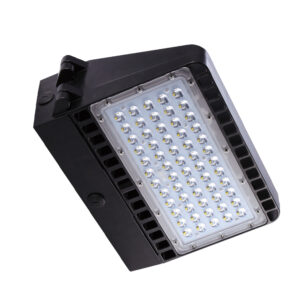
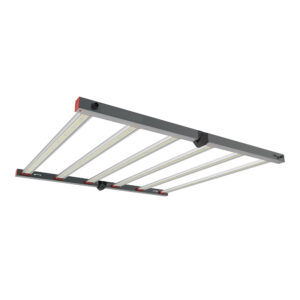
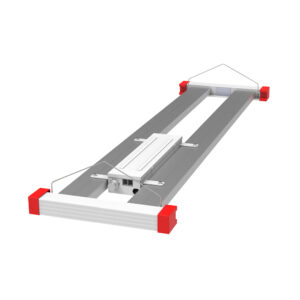
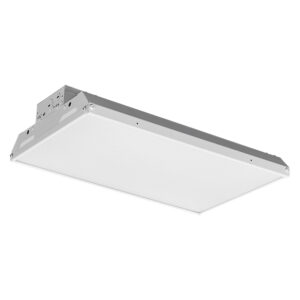
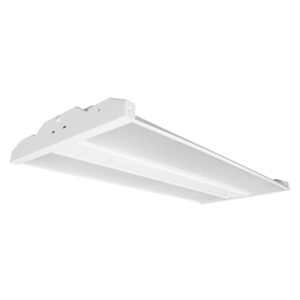
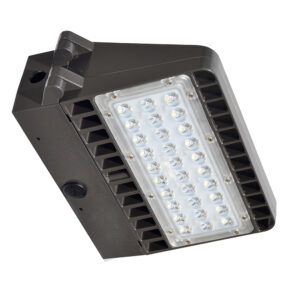
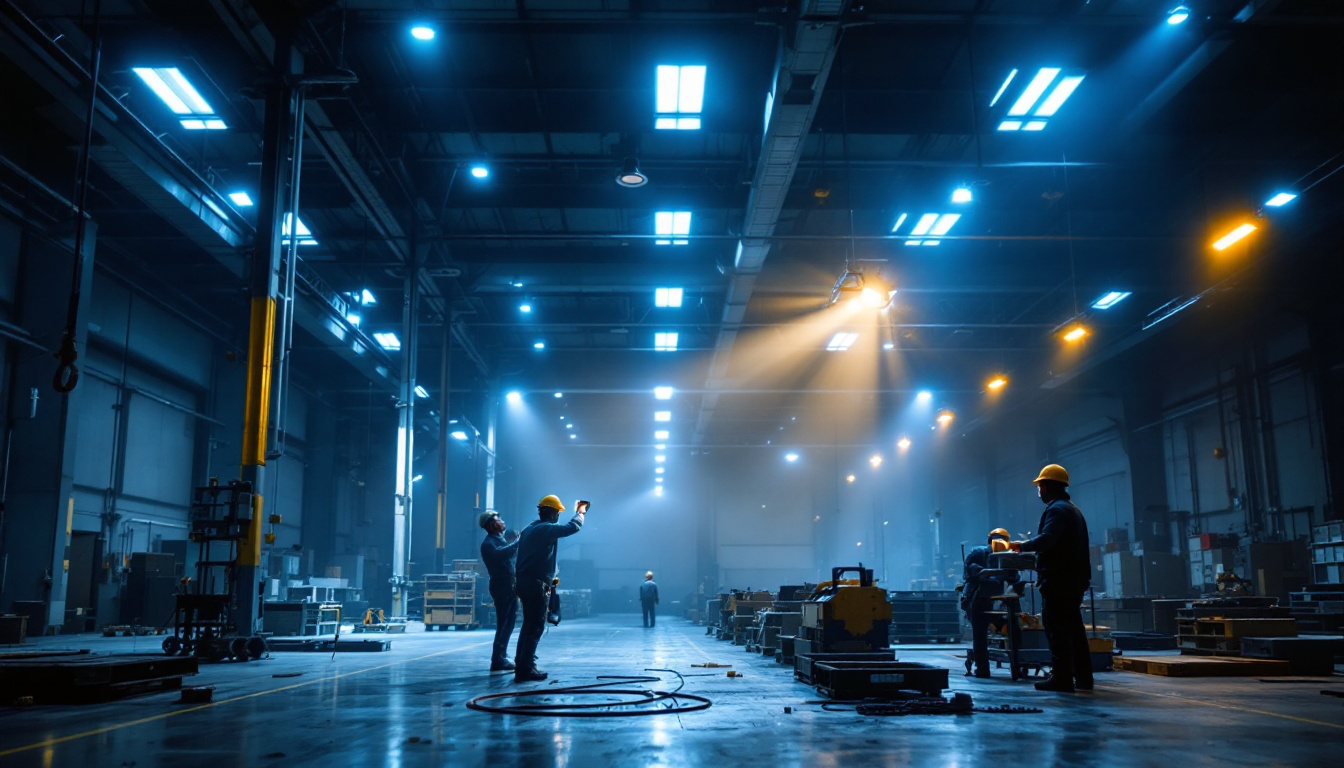
Discover why lighting contractors are turning to high bay LED lights with 30,000 lumens for superior illumination.

Discover the transformative power of LED mirrors in modern design.

Discover essential insights and expert tips for lighting contractors on mastering porch light installations.
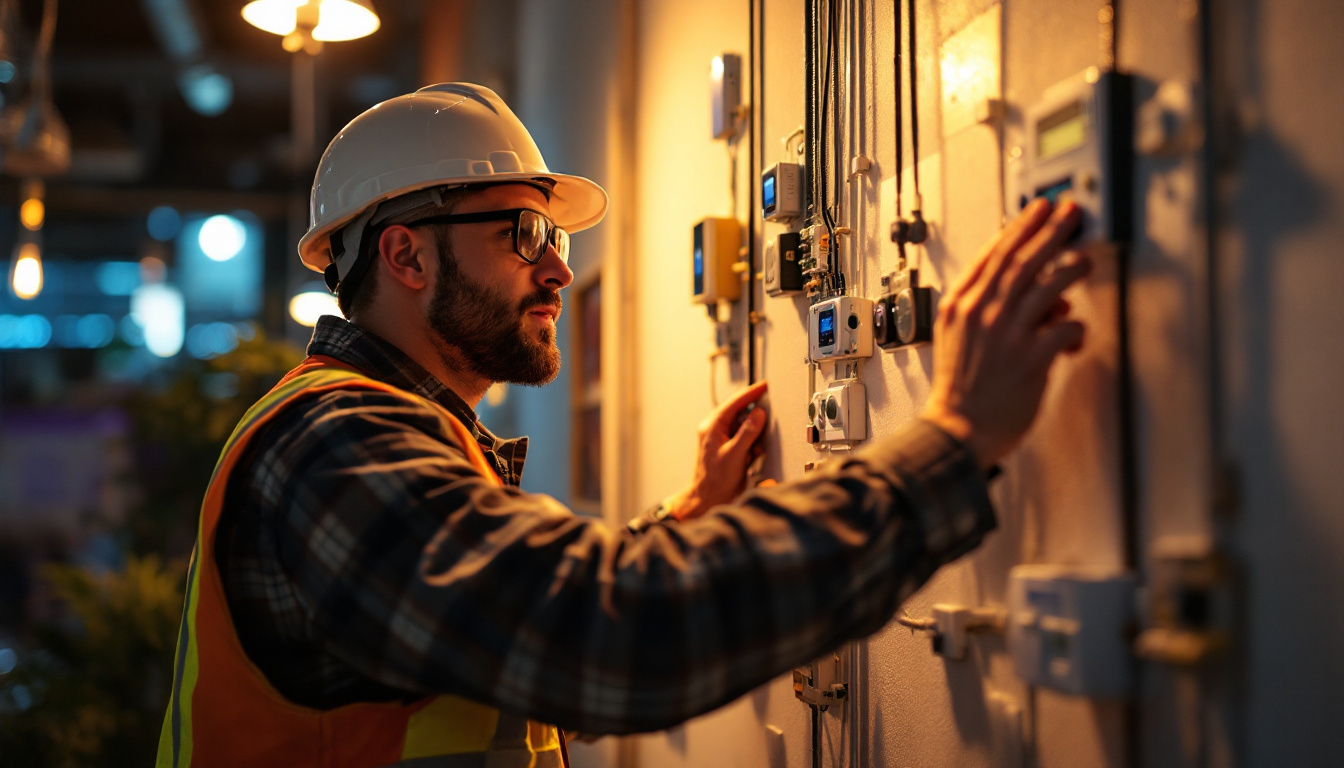
Discover the essential guide for lighting contractors on the integration of sensors and timers.
Get notified when NEW deals are released.
Optimize your budget with wholesale discounts.
Only top-quality, specification-grade lighting products.
No additional costs at checkout - what you see is what you pay.
We understand the unique needs of contractors.